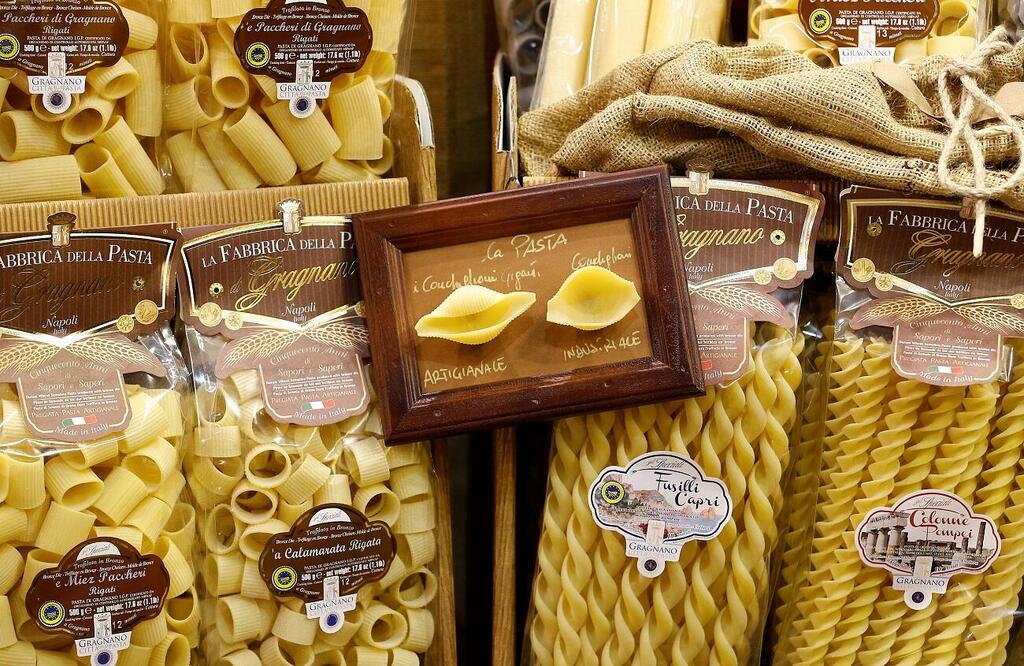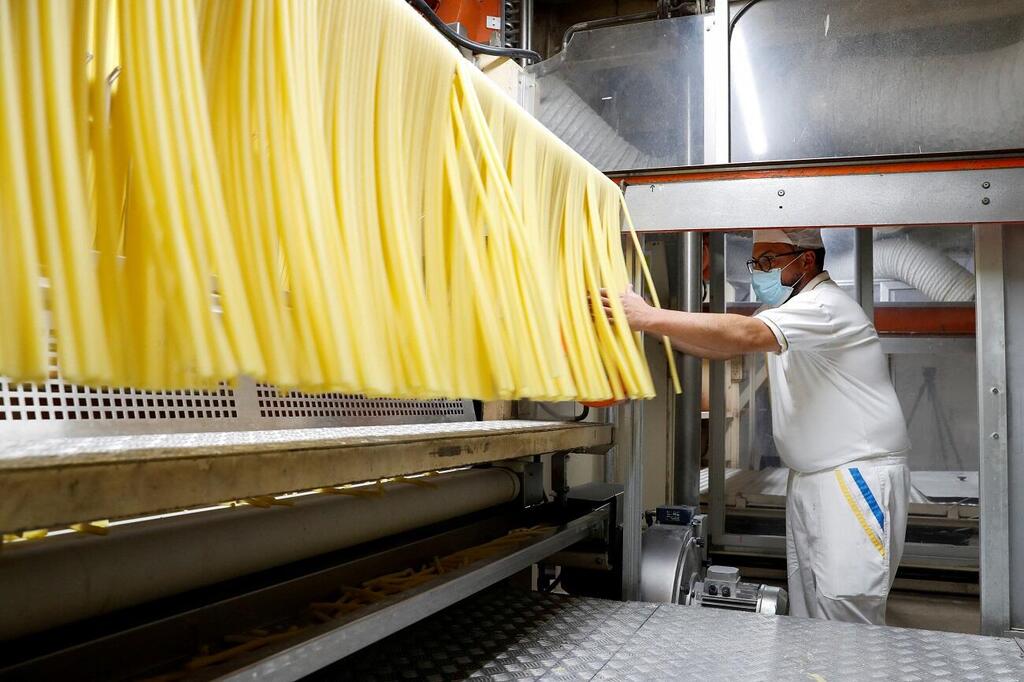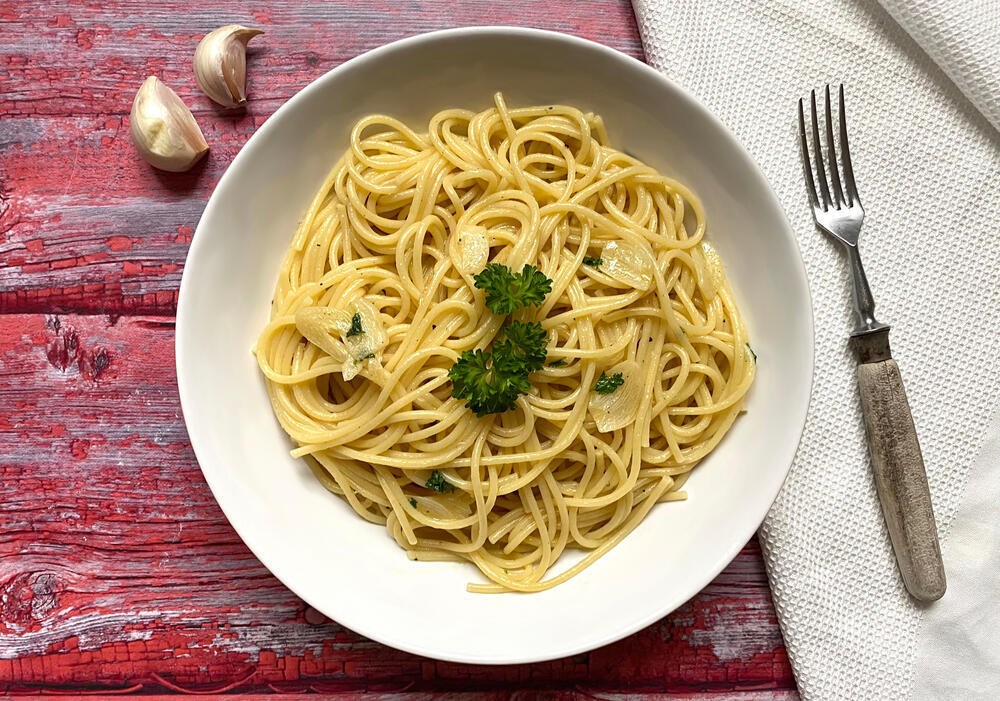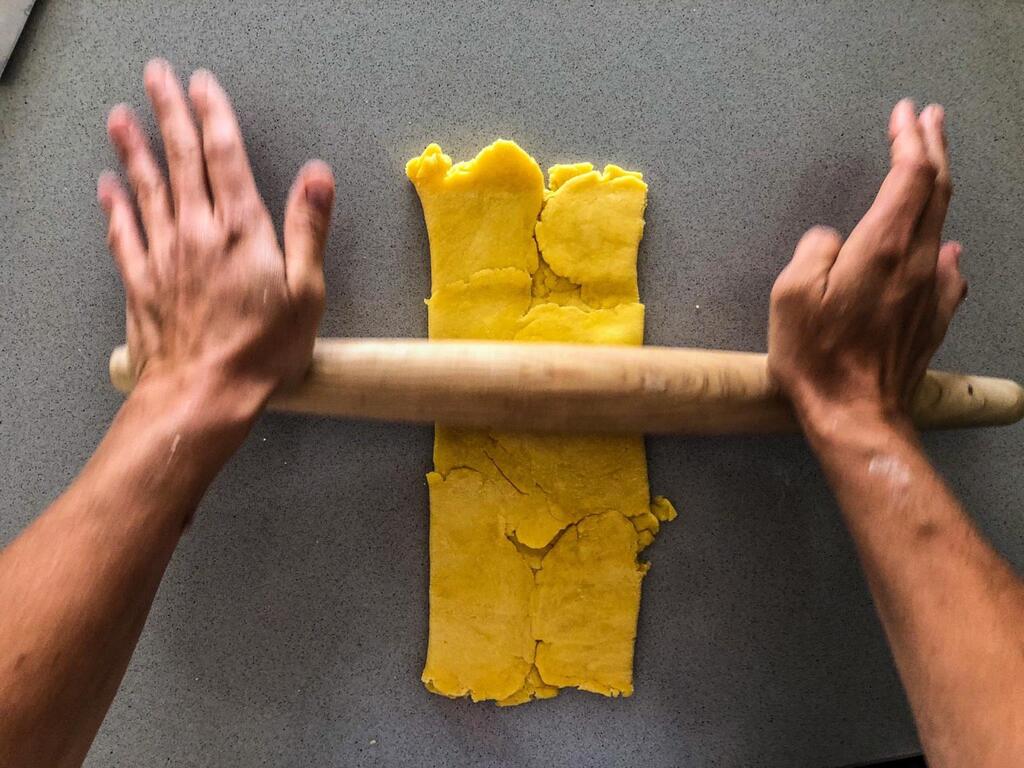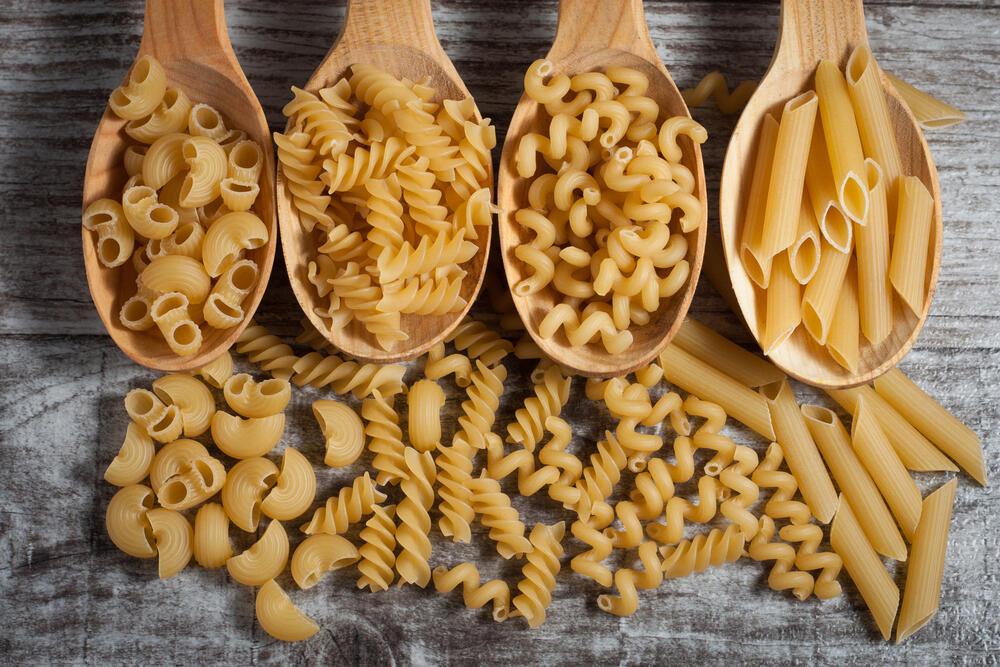Pasta is a beloved staple in the culinary world, adored across the globe with each region boasting its own unique twist on this cherished dough-based delight. From China's diverse noodle variations to Germany and Hungary's hearty Spaetzle, Greece's Orzo, Poland's delightful Pierogi dumplings, and the comforting Kreplach of Ashkenazi Jewish cuisine.
More stories:
Historically a food of the common folk, it has not always been regarded with the culinary reverence reserved for more sophisticated dishes, an oversight that is truly unfortunate. Therefore, we will now try to get to know the pasta closely: to understand which flours are suitable for preparing the dough, explore the distinctions between fresh and dry pasta, decipher the ideal cooking times, and determine how much water should be used to achieve that perfect pasta texture. But first, let’s start with a recipe for fresh pasta.
Ingredients:
- 2 cups of pizza flour (250 grams) or all-purpose flour
- 2 large eggs (approximately 110 grams)
- 4 egg yolks (about 70 grams)
- salt, to taste
Instructions:
1. In a mixing bowl, combine all the ingredients using a flat beater, until obtaining a smooth and uniform dough. Alternatively, on a flat surface, pile the flour into a mound. Make a well in the center of the mound, and pour the egg yolks into the well. Knead in a circular motion until a uniform dough is achieved. In both methods, if the dough is too sticky, add more flour as needed.
2. Wrap the dough in plastic wrap and let it rest for at least 30 minutes at room temperature.
3. Divide the dough into four equal portions. Take out one portion at a time and roll it out to a thickness of about 3 millimeters, either using a pasta machine or a rolling pin. Leave the rest of the dough covered when not in use.
4. Shape the rolled dough into the desired shapes and cook in boiling water for 2-3 minutes.
5. Repeat this process with the remaining dough portions.
6. Serve with your preferred sauce to suit your taste.
And now, a glimpse into the science of pasta
Noodles made their debut in China over 4,000 years ago, weaving their way into the culinary world in Asia and Europe. The countries that delved the most into the possibilities inherent in cooking dough made from wheat flour and water were China and Italy, but this search led each of them on a distinct path.
In Italy, the high availability of gluten-rich durum wheat paved the way for the development of a stable, protein-rich pasta that could be dried and stored indefinitely and fashioned into various shapes, and eventually became a cornerstone of Italian cuisine.
Over the years, Italy fostered an entire culinary industry centered around pasta as a fundamental ingredient. In China, where wheat is low in gluten, culinary artisans specialized in crafting long, unadorned noodles, primarily designed for dipping into savory soups.
The Italian term "pasta" translates to "dough" or "paste," and indeed, traditional pasta is nothing more than a simple blend of wheat flour and water, mixed to form a pliable dough that can be shaped into a variety of shapes and boiled until the desired texture is obtained.
What underlies pasta's enduring appeal is its delicate, moist texture and neutral flavor, which make it the perfect canvas for a wide range of complementary ingredients, sauces, and accompaniments on the same plate.
The main ingredient in crafting pasta is flour, predominantly composed of starches and proteins. These proteins are pivotal in transforming the dry powder into a cohesive mass that can be molded into thin strips while still being strong enough not to fall apart during boiling. Gluten proteins are responsible for the cohesion of the wheat flour, imparting the characteristic flexibility to the dough.
Gluten proteins are huge molecules consisting of long chains of amino acids - the building blocks of proteins. They consist of two distinct families: glutenins and gliadins. Gliadins confer plasticity to the dough, allowing it to adapt its shape by acting as a lubricant, facilitating the sliding of glutenin chains. The glutenin molecules resemble long coiled springs.
When the dough is kneaded they can connect to form very long chains that form an elastic network within the dough, conferring the dough the ability to stretch and contract, creating its distinctive characteristics.
In addition, the starches and proteins in the flour are affected by the milling process that the wheat kernels are subjected to. The preferred choice for pasta making is semolina flour, derived from grinding durum wheat. Durum wheat stands out with its robust kernels and high protein content.
Coarse milling results in flour particles measuring approximately 0.5-0.15 millimeters, notably larger than those found in bread flour. Coarse grinding preserves the original shape of some proteins even after the kernels are ground, which contributes to the elasticity of the dough used to make pasta. In addition, coarser grinding minimizes damage to the starch clusters (granules) in the flour.
Fresh vs. dried pasta: The flour makes the difference
The type of flour is crucial in pasta making because it dictates the dough’s characteristics. Dry pasta is typically made from gluten-rich semolina flour and water, usually without adding eggs. After the dough is formed, it is pressed into molds to create familiar pasta shapes, such as spaghetti or shells and then the pieces of dough undergo high-temperature drying.
The pasta loses its pliability and turns hard and brittle during the drying process. Dry pasta boasts an extended shelf life, as it contains minimal moisture, making it resistant to the growth of microorganisms such as bacteria and fungi, allowing it to be stored in the pantry for an extended time.
To make fresh pasta, flour and eggs are mixed into a smooth, stable, easy-to-knead dough. Enriching the dough with egg yolks is recommended: the egg yolk contains 48 percent water, 17 percent protein and about 33 percent fat.
The yolks not only contribute color and flavor to the pasta but also impart a silky texture, owing to their relatively higher fat content. But their high-fat content can interfere with the formation of a stable and robust gluten network, potentially compromising the dough's elasticity.
To counter this and improve elasticity, a whole egg can be added, including egg white (which is composed of about 90% water and 10% proteins). The addition of egg whites strengthens the gluten network and makes it more elastic.
Once the dough is thoroughly kneaded into a cohesive mass and a ball of soft, smooth, flexible dough is formed. The kneading process shapes the gluten network, and it is advisable to allow the dough to rest for a while. This resting period enables the dough to continue absorbing water and the gluten network to continue to develop.
Finally, the dough is shaped into the desired form using a pasta machine or by hand. Many chefs note that when preparing fresh pasta, it is not necessary to use semolina flour. Instead, regular white flour can be used, because the eggs play an equally important role in achieving the desired dough texture.
What happens during the cooking?
The last step in pasta preparation is cooking it in boiling water. During this step, the protein network and starch granules packed together in the flour absorb water and swell. This transformative process leads to the outer layer of proteins being torn, while a portion of the starch dissolves and is released into the cooking water.
In this pivotal step, the protein network and starch granules nestled within the flour eagerly absorb water and undergo expansion. Deep within the pasta noodle, where water penetrates, the starch granules maintain partial structural integrity, as will the protein network.
When the pasta is cooked 'al dente'—Italian for 'to the tooth’— it is removed from the water slightly before the center softens completely, leaving a slight chewiness thanks to the intact starch granules and resilient protein network. The unaltered starch granules and the stable protein network are responsible for the slight firmness that can be experienced during chewing.
How much water should be used at this stage? The widely embraced guideline is to cook the pasta in a volume of water roughly ten times the weight of the pasta itself. During cooking, the pasta will absorb water approximately 1.7 times its original weight, so the 1:10 ratio ensures that enough water is available to hydrate the pasta and dilute the starches released from it during cooking and prevent the noodles from sticking together.
For this same reason, it is imperative to maintain the water in a boiling state throughout the cooking process: continuous boiling and agitation stir the pieces of dough and keep them separate, preventing them from clumping due to the released starch.
Adding salt to the cooking water is important to enhance the final flavor of the pasta. After straining the noodles, some recommend adding a little oil to the noodles and mixing well to prevent the noodles from sticking to one another. Another recommendation is to use the boiling water, as it contains a wealth of starches, in order to thicken the sauce.
Now all that remains is to go to the kitchen and create homemade pasta dough, and craft your preferred pasta and sauce. Buon Appetito!
Content distributed by the Davidson Institute of Science Education.


